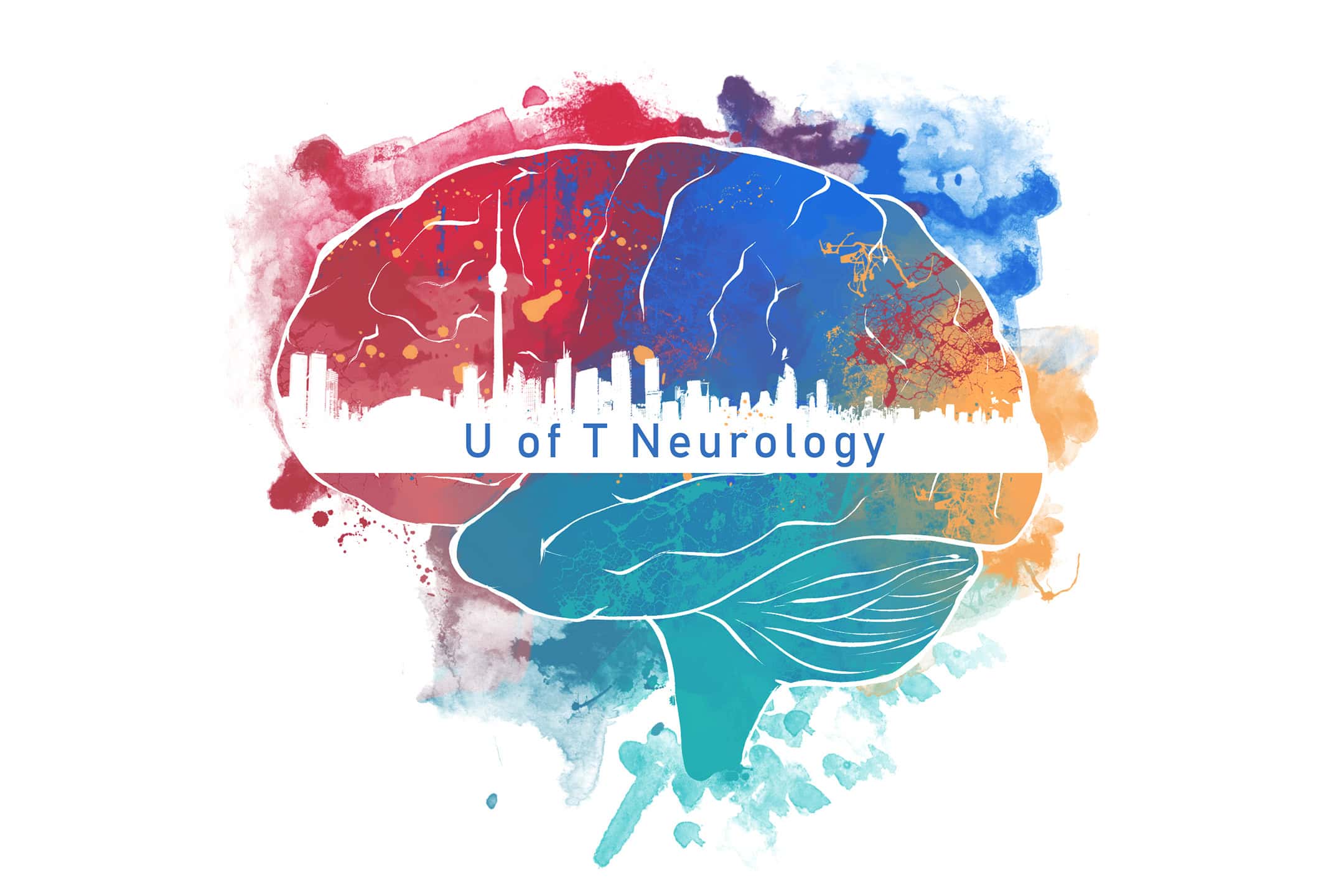On November 2, the Temerty Faculty of Medicine (TFM) hosted the annual Toronto Neurology Update — Demystifying Neurology for the Non-Neurologist conference, an eight-hour-long hybrid event bringing non-neurologist physicians, nurses, resident physicians, and undergraduate students together. The event featured six lectures — on non-migraines, movement disorders, concussions, strokes, neuromuscular disorders, and multiple sclerosis — by neurologists.
The Varsity chose to highlight three of these lectures, offering a close look at the discussions on migraines, concussions, and neuromuscular disorders.
When it’s not a migraine
Dr. William Kingston, the headache specialist at Sunnybrook Health Sciences Centre, started this year’s conference off with a lecture about the different kinds of primary headache disorders, titled “When It’s Not Migraine.” Primary headache disorders are any syndromes that include headaches as the main symptom, the most common of which are migraines.
Kingston documented multiple real-life case studies from his own practice. He recalled a patient with cluster headaches — a primary headache disorder characterized by severe unilateral pain. Cluster headaches are often referred to as ‘suicide headaches’ due to the excruciating and debilitating pain they can cause.
Cluster headaches in patients tend to occur at the same time during the night, at around 2:00 am, regardless of time zone or geography. Due to the nightly onset of these cluster headaches, patients tend to develop cephalalgiaphobia — the fear of a headache attack which can manifest as panic, fear, and overuse of pain medication. In North America, patients also tend to experience cluster headaches more frequently during the fall and spring, and less during the summer and winter.
Kingston discussed treatment options for patients with cluster headaches. One of the most effective therapies is oxygen therapy — the administration of higher concentrations of oxygen through breathing masks — which has been shown to relieve cluster headache symptoms in up to 78 per cent of patients within 15 minutes. Its effectiveness likely lies in its inhibition of the trigeminal autonomic reflex: a reflex of the brain that provides a protective function for the eyes, but is also linked with primary headache disorders.
The silent impact of concussions
Dr. Carmela Tartaglia, a cognitive behavioural neurologist and associate professor at TFM’s Department of Medicine, hosted “Concussions,” a talk on the differences between concussions and traumatic brain injuries (TBIs). She stressed that the two are commonly referred to as one another, though they are not exactly the same thing: every concussion is a mild form of TBI, but TBIs are typically much more severe.
Patients tend to avoid seeking help right away, which is why concussions tend to go undiagnosed by doctors. If the affected patient does not improve within two weeks, this is an indication of a more serious underlying issue like a TBI that requires specialist referral. Tartaglia emphasized that physicians must be proactive in seeking treatment for their patients, as concussions can worsen rapidly if not treated.
Tartaglia also made an interesting point about treating the symptoms. A patient’s cognitive, behavioural, and physical symptoms are like gears in the brain working together — if one sector is malfunctioning, the rest are impaired. Cognition, meaning our mental processes, including attention and memory, is the hardest gear to treat, which is why physicians aim to treat the other symptoms first.
However, patients frequently experience anxiety following a concussion, and when patients are anxious, their memory tends to become impaired. So if you work on treating anxiety, you end up treating a patient’s memory as well.
When the body turns on itself: Multiple sclerosis and autoimmune neurology
Dr. Alexandra Muccilli, a neurology education director at St. Michael’s Hospital, captivated attendees with an in-depth understanding of multiple sclerosis (MS), an autoimmune disease where the body’s immune system attacks the tails of neurons in the brain and throughout the nervous system. This attack disrupts brain signals to the rest of the body, causing nerve damage that can affect sight, balance, muscle strength, and movement.
Multiple factors are statistically linked with developing MS, including contracting Epstein-Barr Virus, a common human herpesvirus; vitamin D deficiency; cigarette smoking; high intake of salt; and obesity. Although MS has a genetic component, only 10 to 20 per cent of patients report a family history of the disease.
For those diagnosed with MS, Muccilli recommends being proactive in seeking treatment. Within the first two years, treatment produces sustained benefits compared to treatment down the line.
While the 2024 Toronto Neurology Update was aimed at non-neurologist healthcare professionals, it offered valuable insights into the research in the neurology field, making it highly recommended to any students considering medicine, graduate studies in neuroscience, or any other profession in healthcare.



No comments to display.